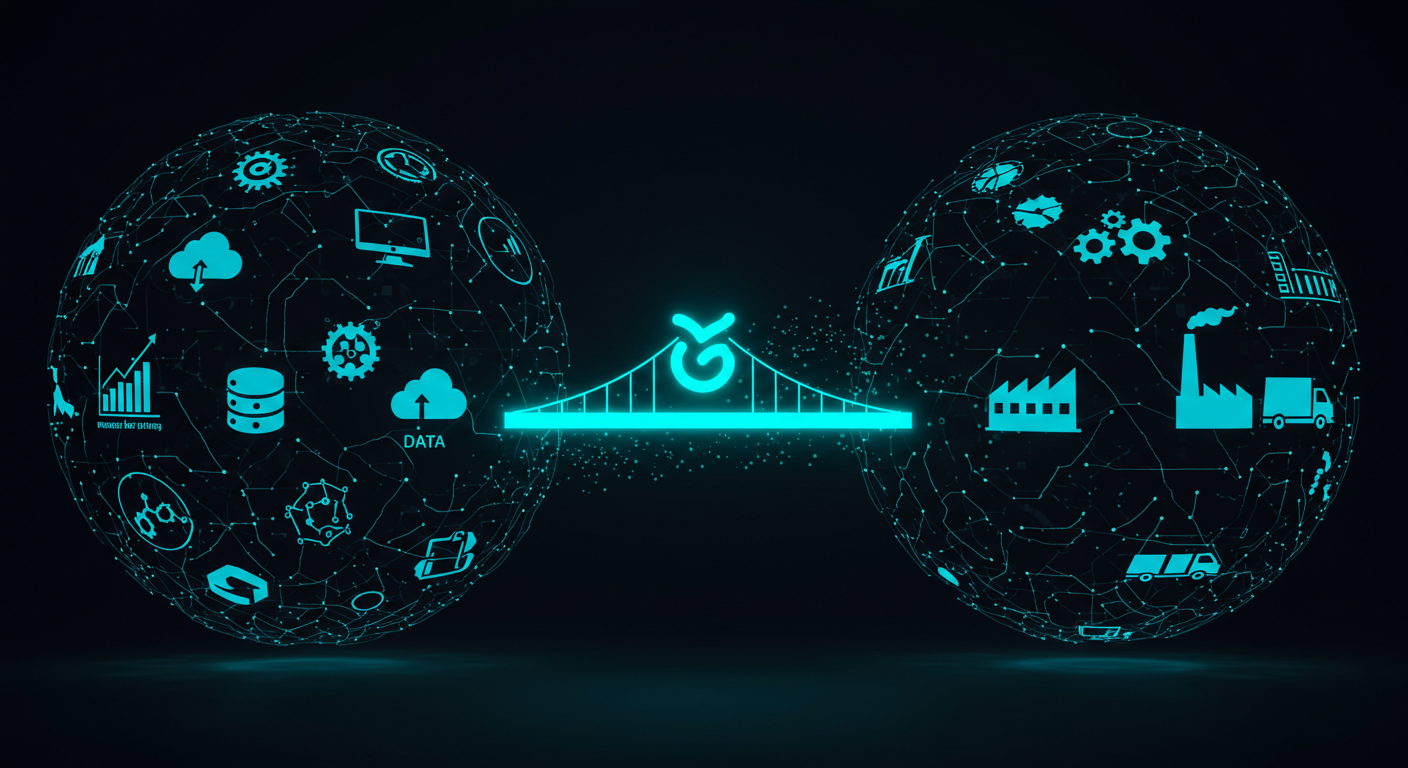The GRC Landscape: A Guide to the Two Worlds of Compliance
By Justin Trollip, Founder of Demiton on 10 July 2025
De-Mystifying GRC: It's Not One-Size-Fits-All
As a founder in the Governance, Risk, and Compliance (GRC) space, I've noticed a dangerous trend: the term "GRC" is being flattened into a single, generic category. Businesses are told they need a "GRC platform," but the advice rarely distinguishes between protecting your cloud infrastructure and protecting your factory floor.
They are not the same thing.
True GRC isn't a single activity; it's a framework for managing your entire business. To understand it, you have to break it down into its practical components and, most importantly, into the two distinct worlds where it applies: the Digital World of information and the Physical World of operations.
Let's break it down.
What Does GRC Mean in Practice?
-
Governance (G): This is about setting the rules. It's the "who" and "why" behind your processes. Who has the authority to approve a change? What is the standard operating procedure for a new hire? Why is this safety check required? Governance is the framework of policies and authority.
-
Risk (R): This is about understanding the consequences. What happens if the rules aren't followed? Risk is the potential for financial loss, reputational damage, safety incidents, or regulatory penalties.
-
Compliance (C): This is about providing the proof. How do you demonstrate to an auditor, a customer, or a regulator that you are following the rules to mitigate the risks? Compliance is the body of evidence—the logs, certificates, and reports that prove your adherence.
The critical mistake is assuming the G, R, and C are the same for every part of your business. They are not.
The Two Worlds of GRC: A Product Matrix
The GRC software landscape is split across two fundamental axes: the domain you're operating in (Cloud & Code vs. Operations & Assets) and the integrity you're trying to protect (Information Integrity vs. Product & Process Integrity).
This gives us four distinct quadrants, each with its own leaders and purpose.
Quadrant 1: InfoSec & Privacy Automation (Protecting Your Data)
- The GRC Focus: Governing who has access to your digital systems and customer data.
- Risk Managed: Data breaches, privacy violations, reputational damage from security failures.
- Compliance Frameworks: SOC 2, ISO 27001, GDPR, HIPAA.
- The Players: Drata and Vanta are the clear leaders here. They connect to your cloud services (AWS, Azure) and SaaS tools (Google Workspace, GitHub) to automate the collection of evidence for security audits. They are essential for any tech company.
Quadrant 2: OT/ICS Cybersecurity (Protecting Your Factory Network)
- The GRC Focus: Governing access to and securing the networks that run your physical machinery (Operational Technology/Industrial Control Systems).
- Risk Managed: Malicious attacks on factory equipment, ransomware shutting down a production line, industrial espionage.
- Compliance Frameworks: NIST CSF, ISA/IEC 62443.
- The Players: This is a specialized field with leaders like Claroty and Dragos. They monitor the network traffic between PLCs and SCADA systems to detect threats.
Quadrant 3: Software Quality & Reliability (Protecting Your Code's Integrity)
- The GRC Focus: Governing the quality and stability of the software your company writes, whether for an internal tool or a commercial product.
- Risk Managed: Application crashes, bugs that impact users, poor performance, and technical debt.
- Compliance Frameworks: Internal SLOs/SLAs, quality gates in CI/CD pipelines.
- The Players: Tools like Sentry (for error monitoring) and SonarQube (for static code analysis) are dominant in ensuring the code itself is robust and reliable.
Quadrant 4: Operational Governance & Quality (Protecting Your Product's Integrity)
- The GRC Focus: This is our world. It's about governing the real-world processes, materials, and machinery used to create a physical product.
- Risk Managed: Product recalls, failed regulatory audits, scrap/rework costs, safety incidents, and supply chain failures.
- Compliance Frameworks: ISO 9001 (Quality), FSSC 22000 (Food Safety), Automotive Design Rules (ADR), National Construction Code (NCC), GMP.
- The Player: Demiton is the purpose-built platform for this quadrant, especially for companies running on Microsoft Dynamics 365.

Demiton: The System of Record for Operational GRC
While the other quadrants are critical, they cannot answer the questions an operational auditor asks:
- "Show me the test certificate for the steel used in this batch."
- "Prove that the technician who performed this installation was properly trained."
- "Where is the corrective action report for the deviation on Line 2 last Tuesday?"
Demiton was built to answer these questions. We bridge the Dynamics Compliance Gap by creating an unbreakable link between your ERP's master data (products, assets, suppliers) and the evidence needed to prove its quality and compliance. We are the system of record for the GRC that happens on your factory floor, not in your server room.
To win in today's market, you likely need a solution from more than one of these quadrants. But the first step is knowing which game you're playing.
Is your primary risk in the factory, not the cloud? Schedule a call with our team, and let's talk about building a true system of control for your operations.
